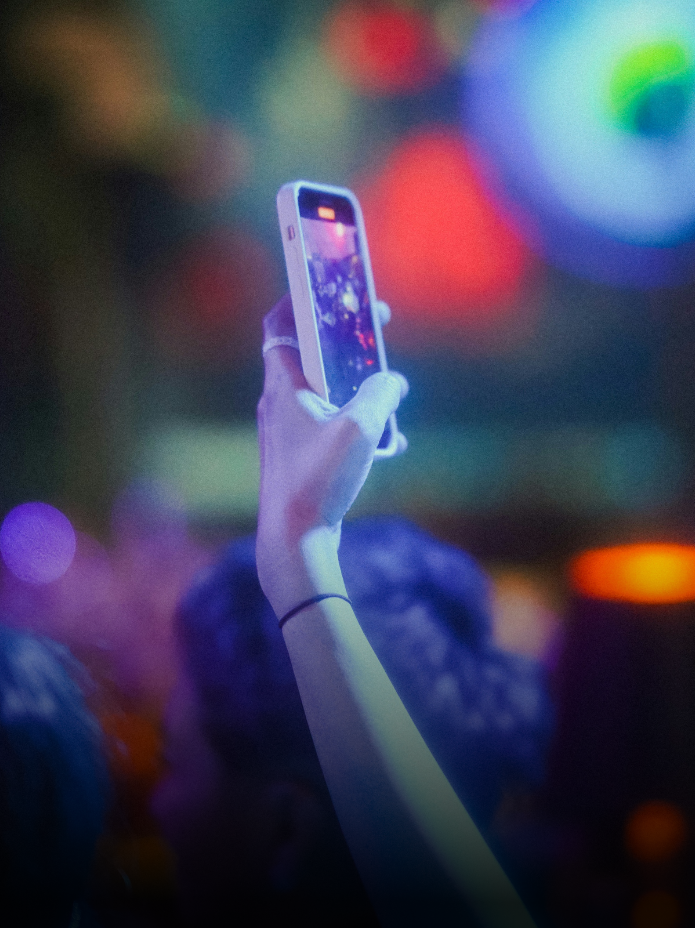The Impact of AI on Copywriting – National Writing Day
21st Jun 2023

National Writing Day has a unique date in the world of words and phrases, emphasising the beauty of the written word and its capacity to influence, inform, and link our world. However, we are not only commemorating traditional writing this year. We’re also recognising an inventive force that’s already begun to drastically transform the copywriting landscape – Artificial Intelligence (AI).
Today, we’ll look at how this disruptive technology has influenced copywriting, not as a usurper of human creativity, but as a facilitator that helps us connect and communicate more effectively.
Misconceptions about AI and Copywriting
The convergence of AI and copywriting is raising concerns within the industry – will AI eventually replace human writers? In reality, this viewpoint is blown out of proportion.
AI is not meant to replace human creativity, but rather to supplement it. The technology can make monotonous duties like drafting content, research, and even basic reports more efficient – giving copywriters more time and mental energy to devote to the art of narrative and persuasion. AI tools have become partners in the creative process by augmenting, rather than replacing, human contribution. Ultimately, opening the way for more engaging and successful content.
AI and Personalisation at Scale
AI has emerged as a major change in an era where customers expect tailored experiences. Traditional personalisation approaches were time-consuming and resource-intensive, rendering them essentially impracticable without big budgets. However, AI and machine learning have now enabled new levels of content personalisation.
With the help of AI, you can modify and personalise material to the individual reader’s interests and behaviours. This can be achieved by assessing a wealth of user data such as browsing patterns, prior purchases, and demographics. This degree of customisation leads to more meaningful interaction, resonating on a personal level with the readers, and eventually establishing a closer relationship between businesses and their consumers.
AI-powered personalisation represents a huge advancement in the evolution of copywriting, bridging the gap between mass communication and personalised relevance.
AI’s Contribution to Efficiency and Productivity
As any writer will tell you, creating interesting copy is a difficult undertaking. However, the capabilities of AI to automate some portions of this process have resulted in a significant gain in efficiency and production. AI solutions provide faster turnaround times by creating basic drafts or several headline alternatives in seconds.
AI-powered tools can even measure content’s readability and estimate a copy’s potential effectiveness, leading authors towards more impactful content. This not only saves time wasted on trial and error but also allows for more informed decision-making and faster iteration.
The end result? Copywriters are not just faster with AI, they are smarter and more strategic – optimising their work in previously unthinkable ways.
Overcoming Language Barriers with AI
Language constraints frequently limit the reach and effect of a brand’s message in our highly globalised environment. However, AI has been shown to be an effective tool in overcoming these obstacles. Copywriters can now create content that is instantaneously accessible to multinational audiences thanks to the arrival of real-time translation tools driven by AI.
These systems can not only translate text but also analyse cultural cues, ensuring that the marketing message stays relevant and respectful across borders. This has provided businesses with new markets and a larger audience for their messaging. AI promotes global understanding and makes international marketing more fluid and successful by breaking through geographical and linguistic obstacles.
The Human Role in Training AI
The achievements of artificial intelligence in copywriting are astounding, but it’s important to note that these systems are not self-sufficient. They rely largely on human input. Copywriters play an important part in AI system training by supplying high-quality content, correcting errors, and giving crucial context.
While AI can do complicated computations and pattern recognition well beyond the capabilities of humans, it still lacks the sense of nuance, humour, and emotion that is essential to great writing. Regardless, copywriters must verify that the AI’s output correctly corresponds with the desired message and retains the brand’s distinct voice.
In essence, the human touch is unrivalled, and the combination of human creativity with AI technology delivers a formidable combination of precision, efficiency, and brilliance.
The Future of AI in Copywriting
The future of AI in copywriting looks promising. We foresee increasingly more sophisticated tools capable of boosting the creative process as technology advances. Image AI tools that can flawlessly capture and duplicate a brand’s distinct voice, or analytics platforms that provide a deeper insight into audience behaviour, allowing copywriters to customise their content even more successfully.
We may even see AI systems capable of generating creative ideas – bringing up new avenues for content creation. While these are just theories, given the rapid speed of AI research & development, they might become a reality very soon. Looking ahead, one thing is certain – the role of a copywriter will continue to grow in fascinating and unexpected ways.
If you’re intrigued by this, feel free to explore our article covering the future of AI in search.



